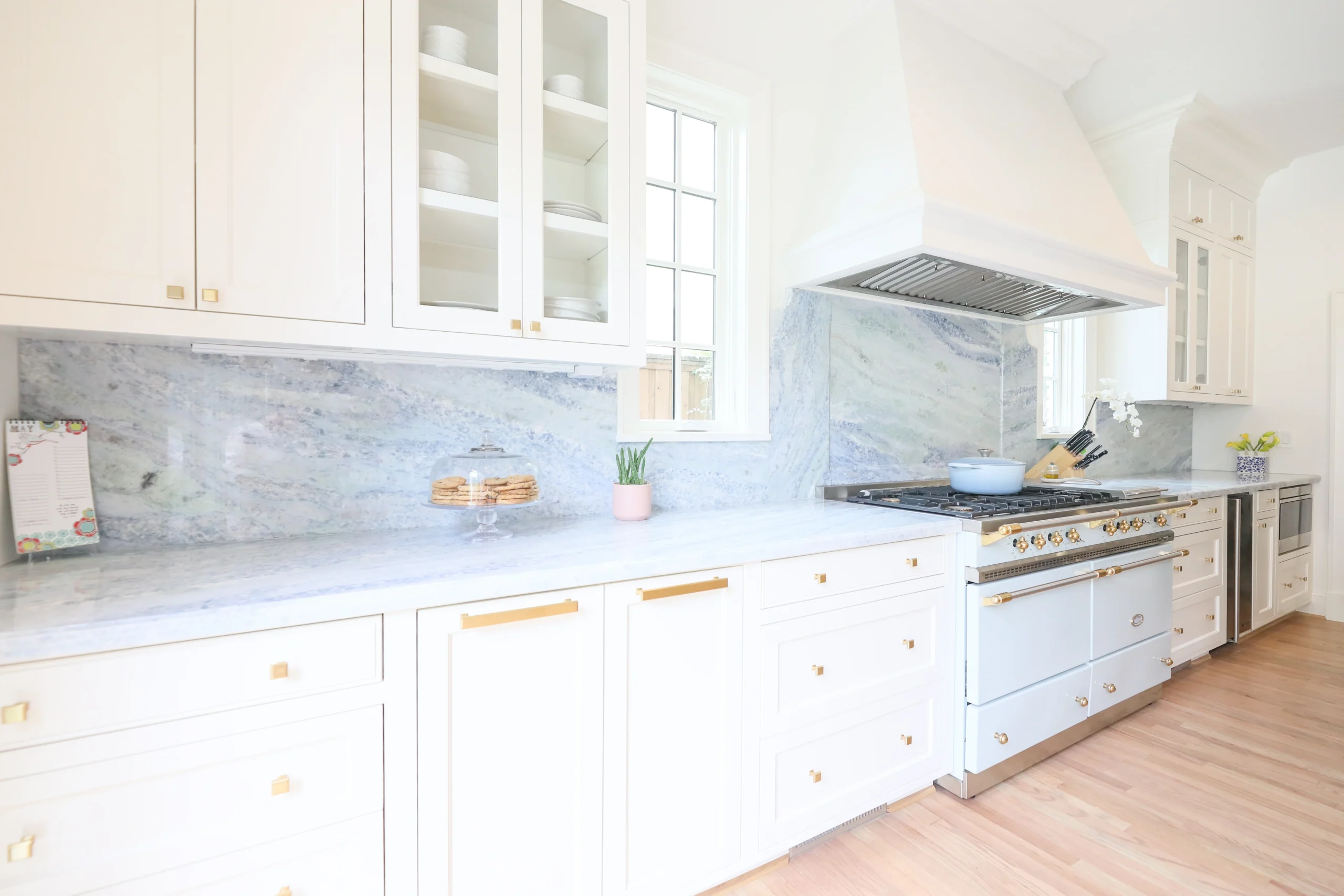
LIMESTONE
Limestone is a sedimentary rock composed of ancient corals and marine organisms. Oftentimes, you can see the actual shells and shapes of fossilized animals in the stone. The most common type of limestone used to make countertops originates in Spain. Due to its porous nature, limestone is not recommended in heavy-use areas as it’s very susceptible to staining and etching.
natural stone engineered stone porcelain slabs collections sinks
